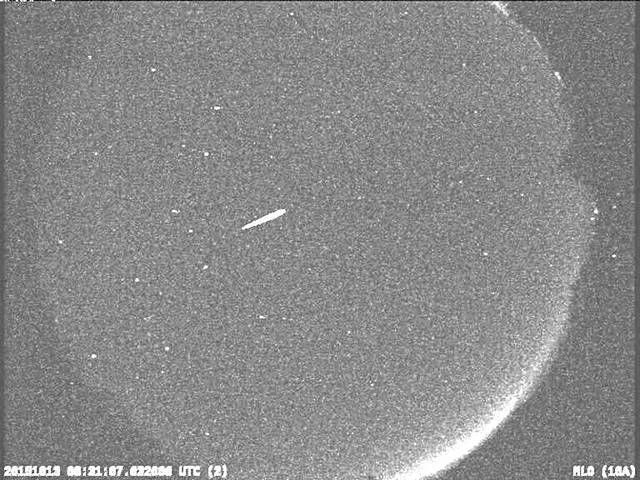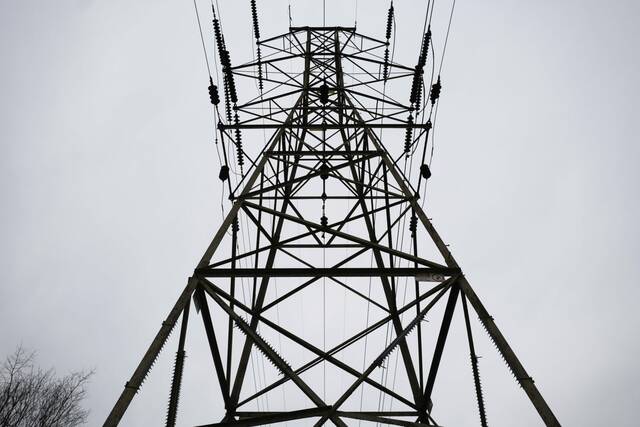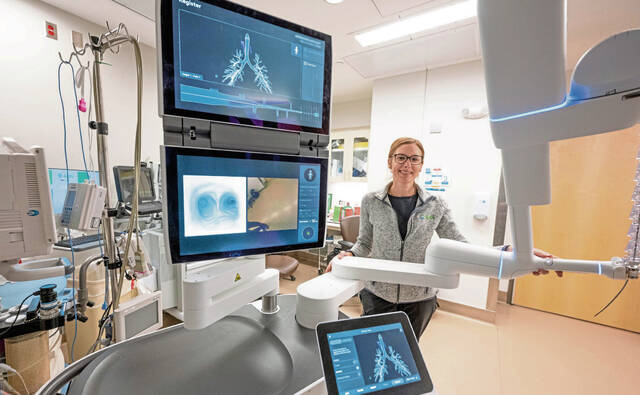As the Orionid meteor shower peaks Oct. 21 to 23, don’t expect to see fireworks in the sky because of light interference from the waning full moon, according to Terry Trees of New Kensington, past president of Amateur Astronomers Association of Pittsburgh.
That’s not saying that you can’t see the meteor shower — made up of Halley’s Comet debris — but it will likely be muted, Trees said.
The best time to look for the meteors look is from 3 a.m. to dawn, according to Trees. “Orionids look like they are coming from the constellation Orion, so you need Orion high in the sky for better viewing,” he said.
Viewers should expect to see bright streaks of light flashing through the sky near the constellation Orion’s club, as bits of rock moving at 148,000 miles per hour and left over from Halley’s passing make contact with the Earth’s atmosphere and burn up, said William Cooke, NASA’s Meteoroid Environment Program manager.
The shower should be visible with the naked eye and won’t require a telescope.
If conditions are right, viewers can go out before dawn and spend some time outside they will see about 20 meteors per hour, according to Cooke said.
According to the EarthSky website, “Because Comet Halley has circled the sun innumerable times over countless millennia, cometary fragments litter its orbit. That’s why the comet doesn’t need to be anywhere near the Earth or the sun in order to produce a meteor shower.”








